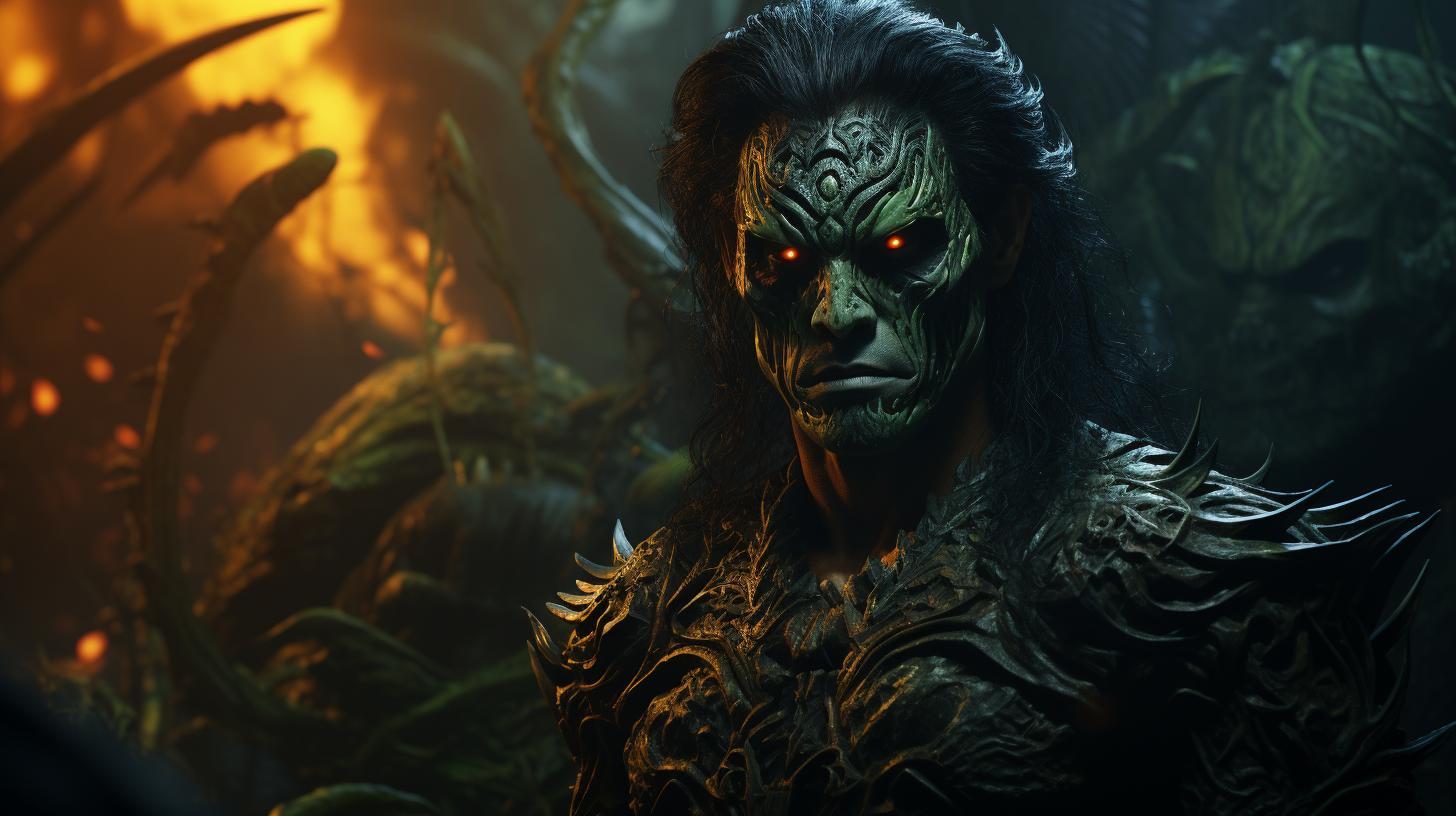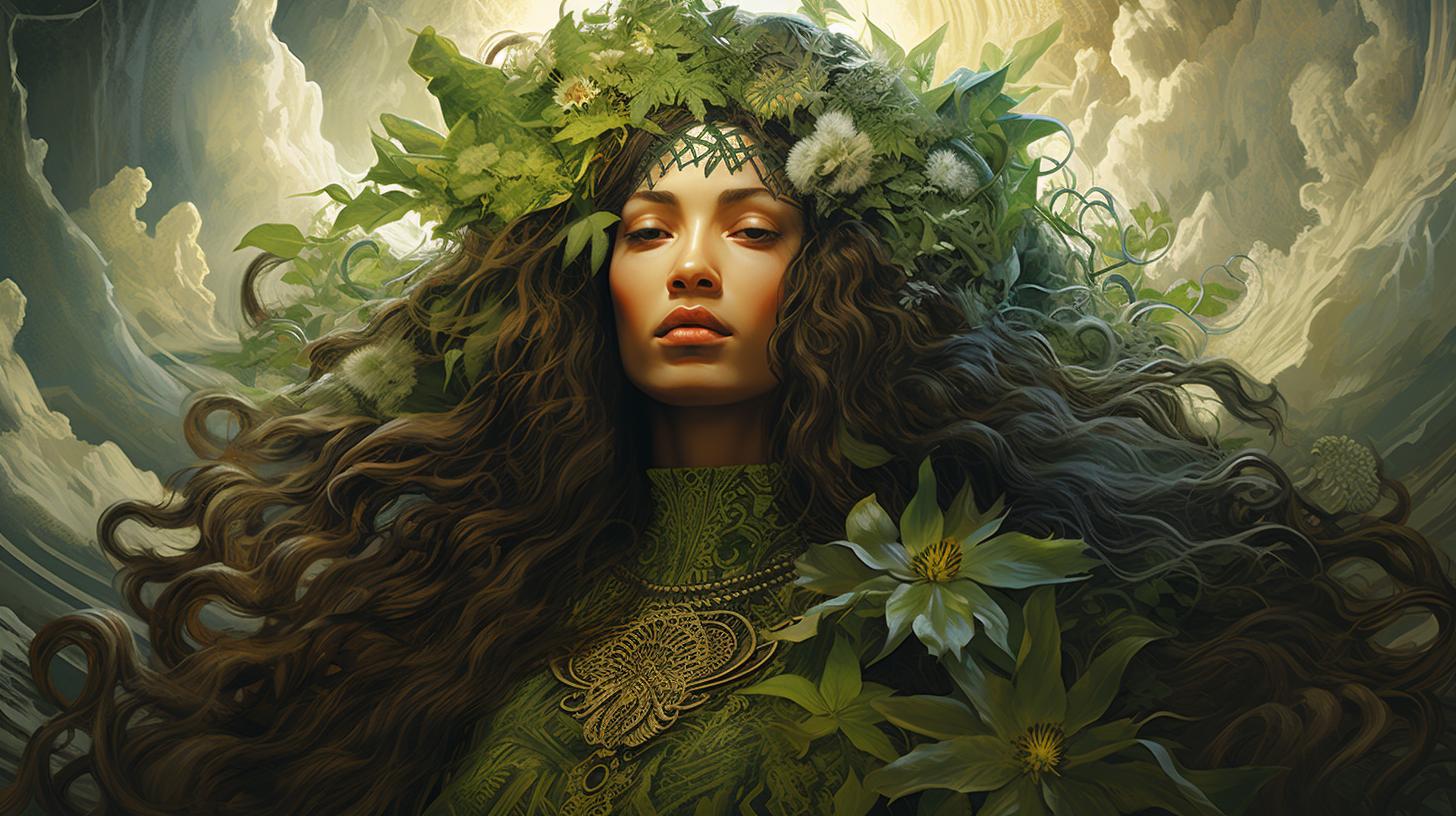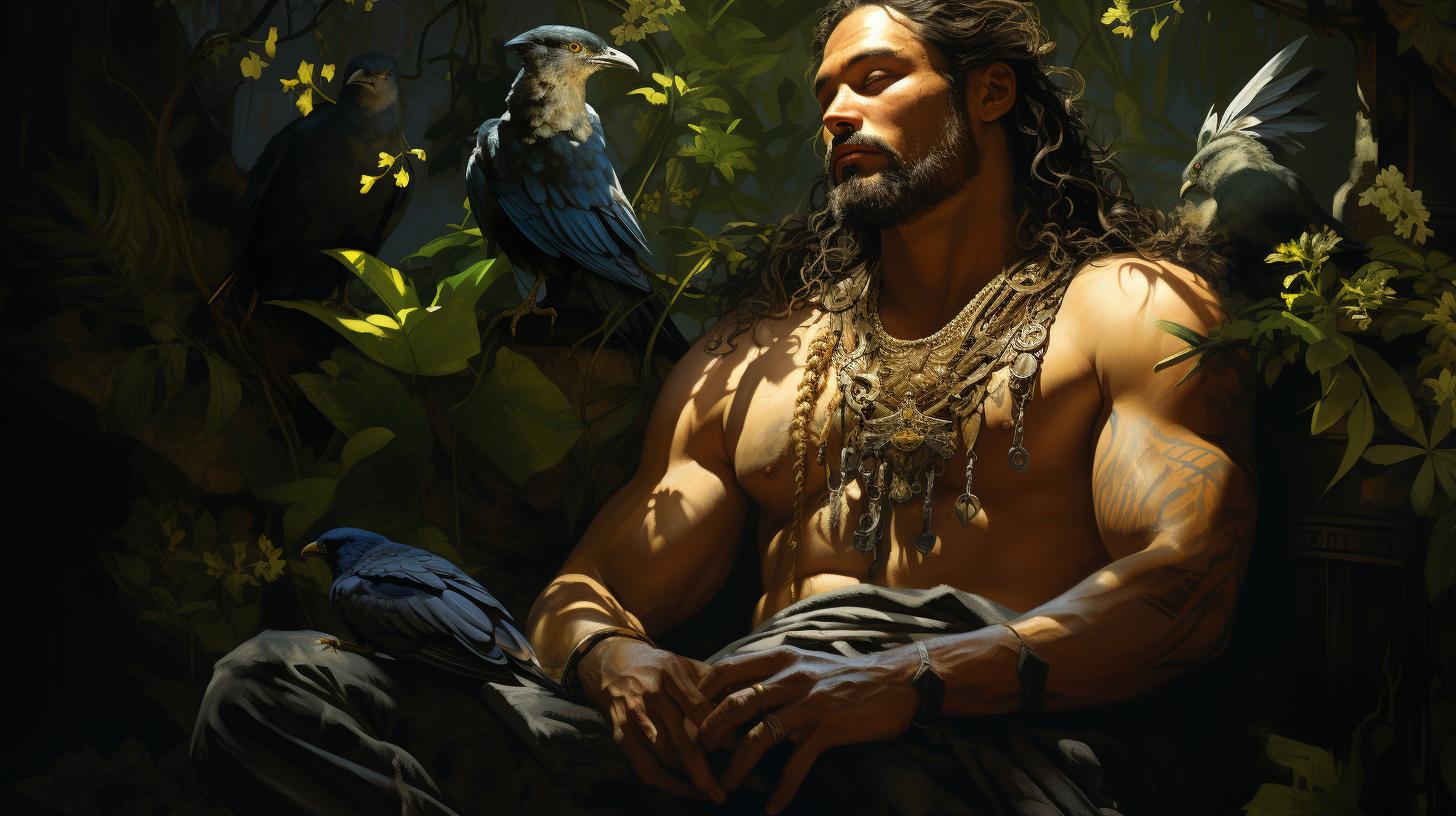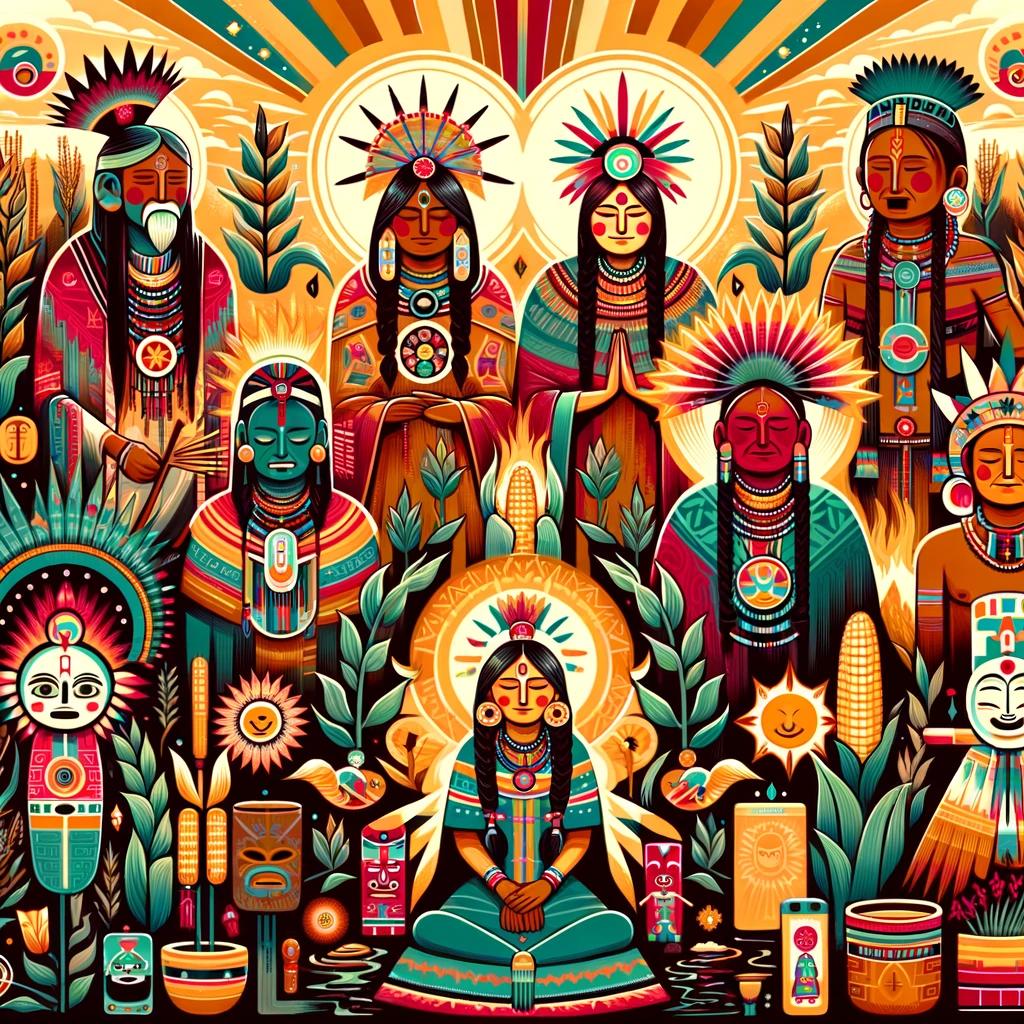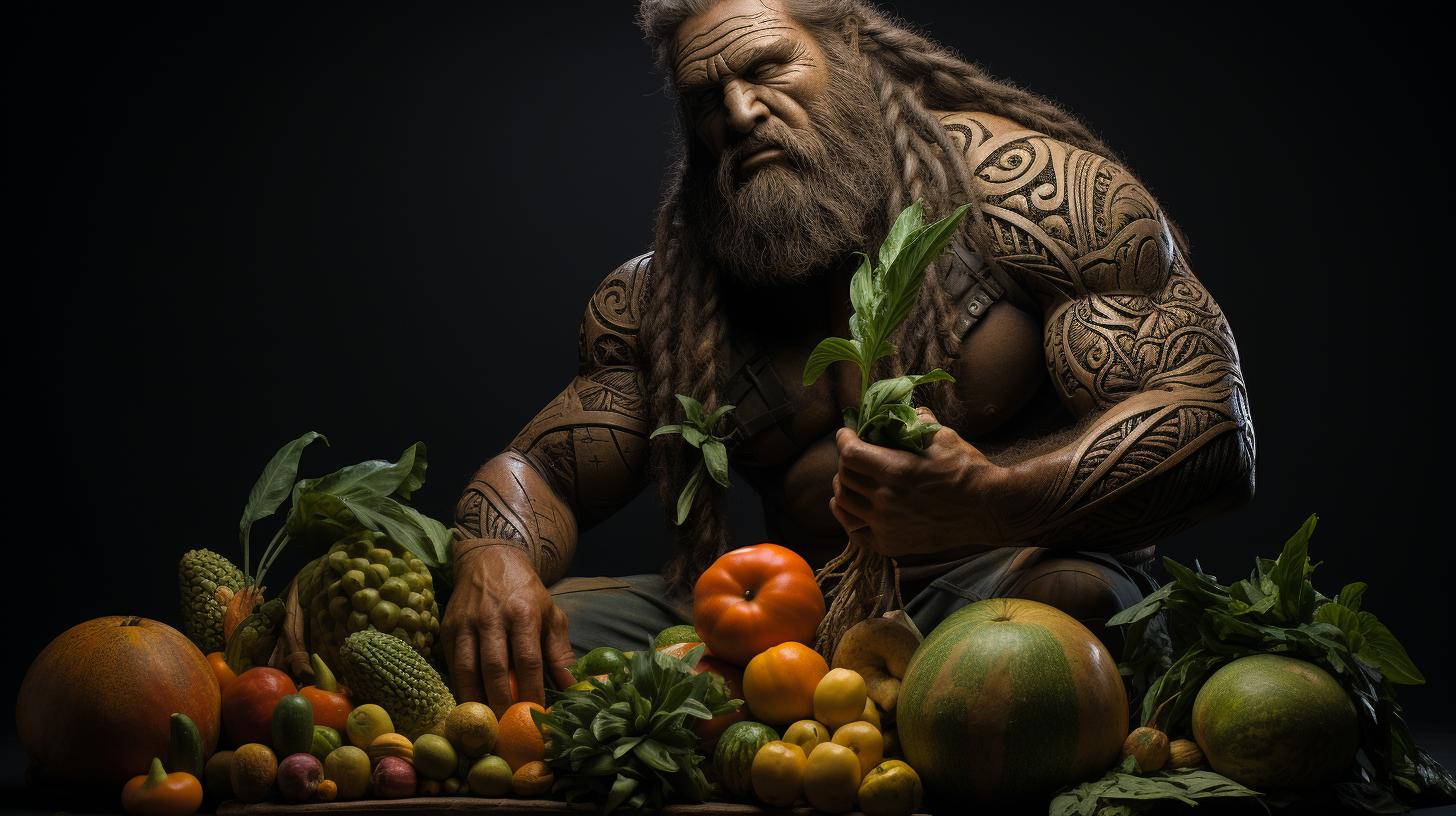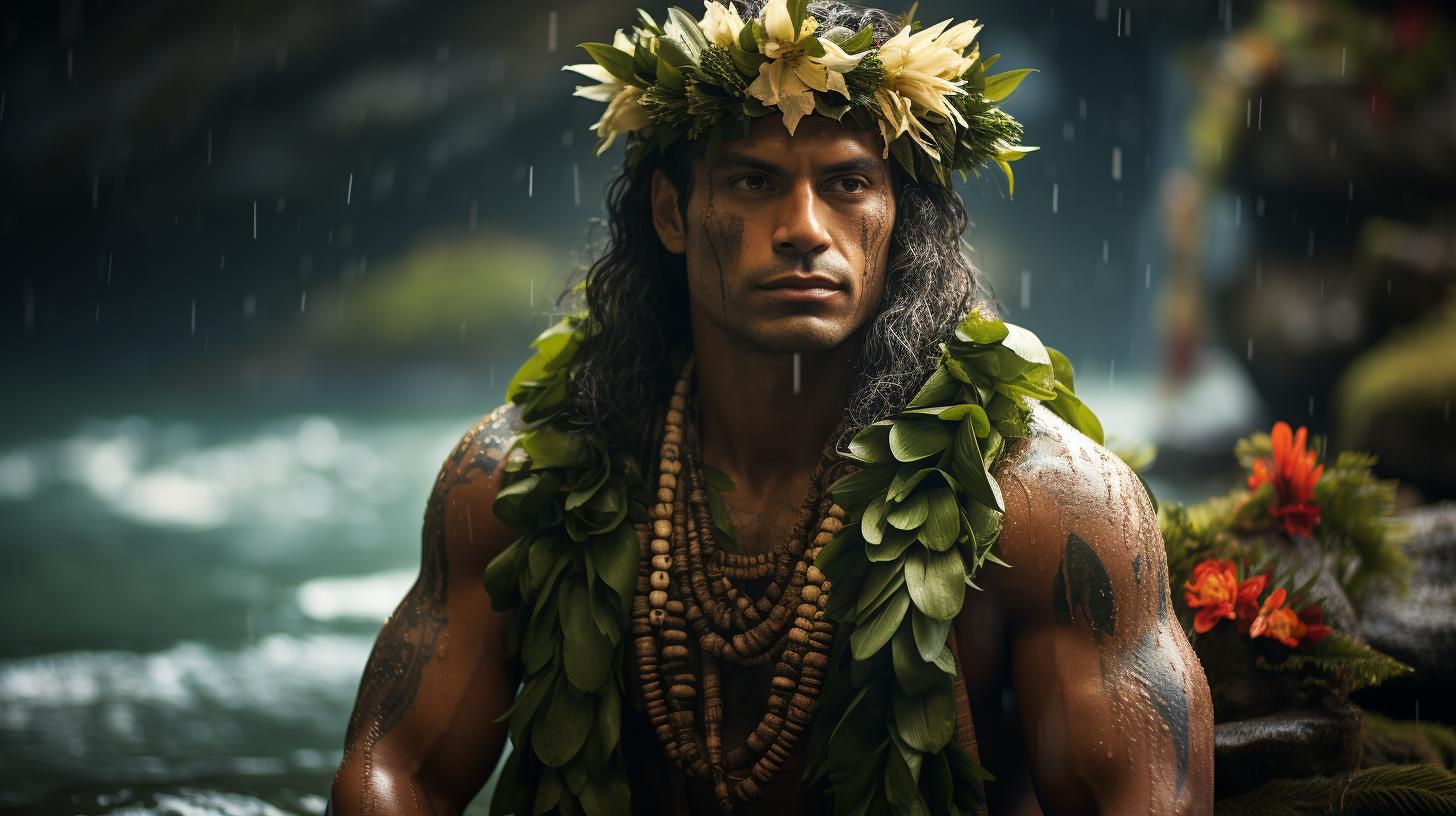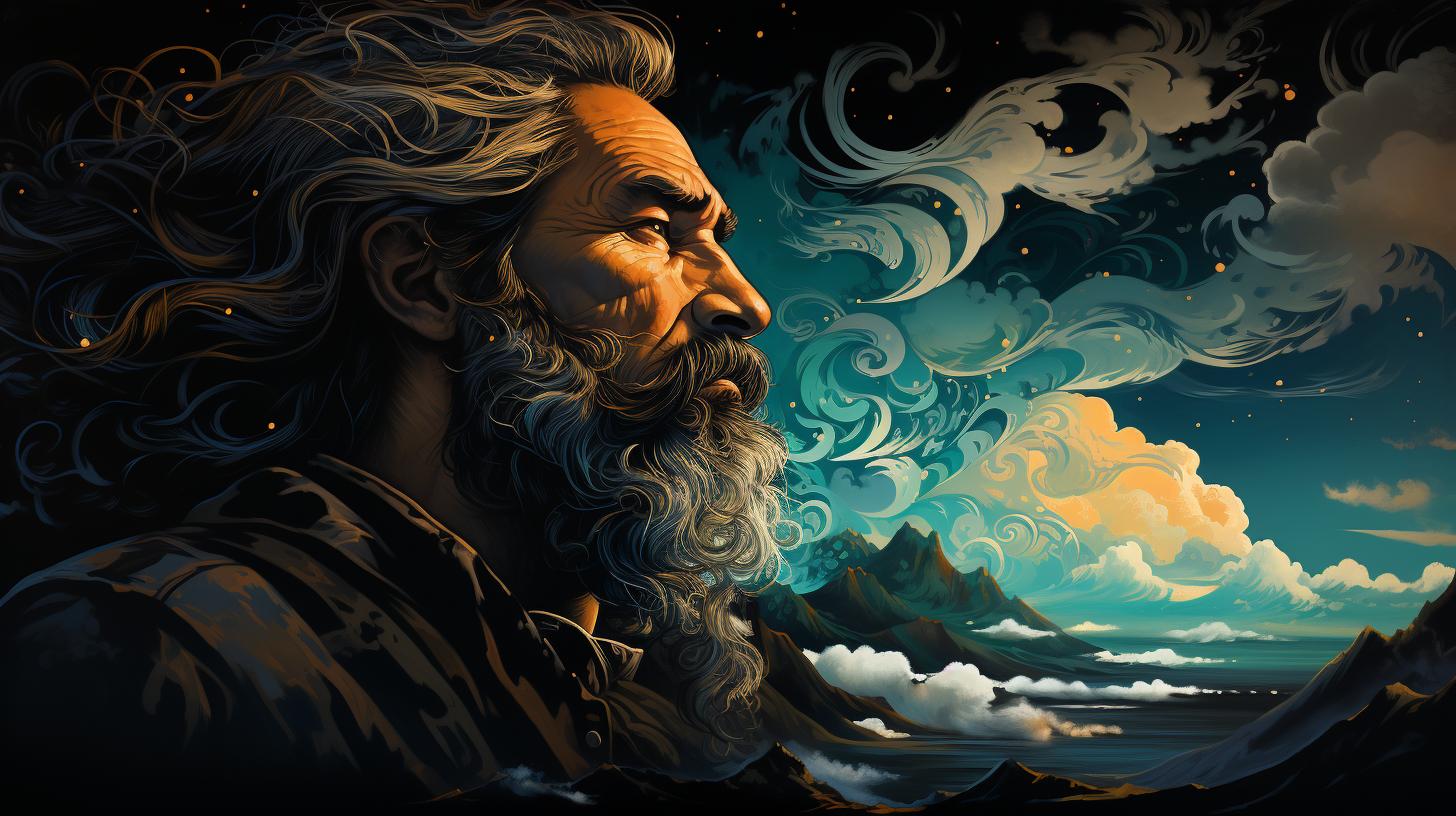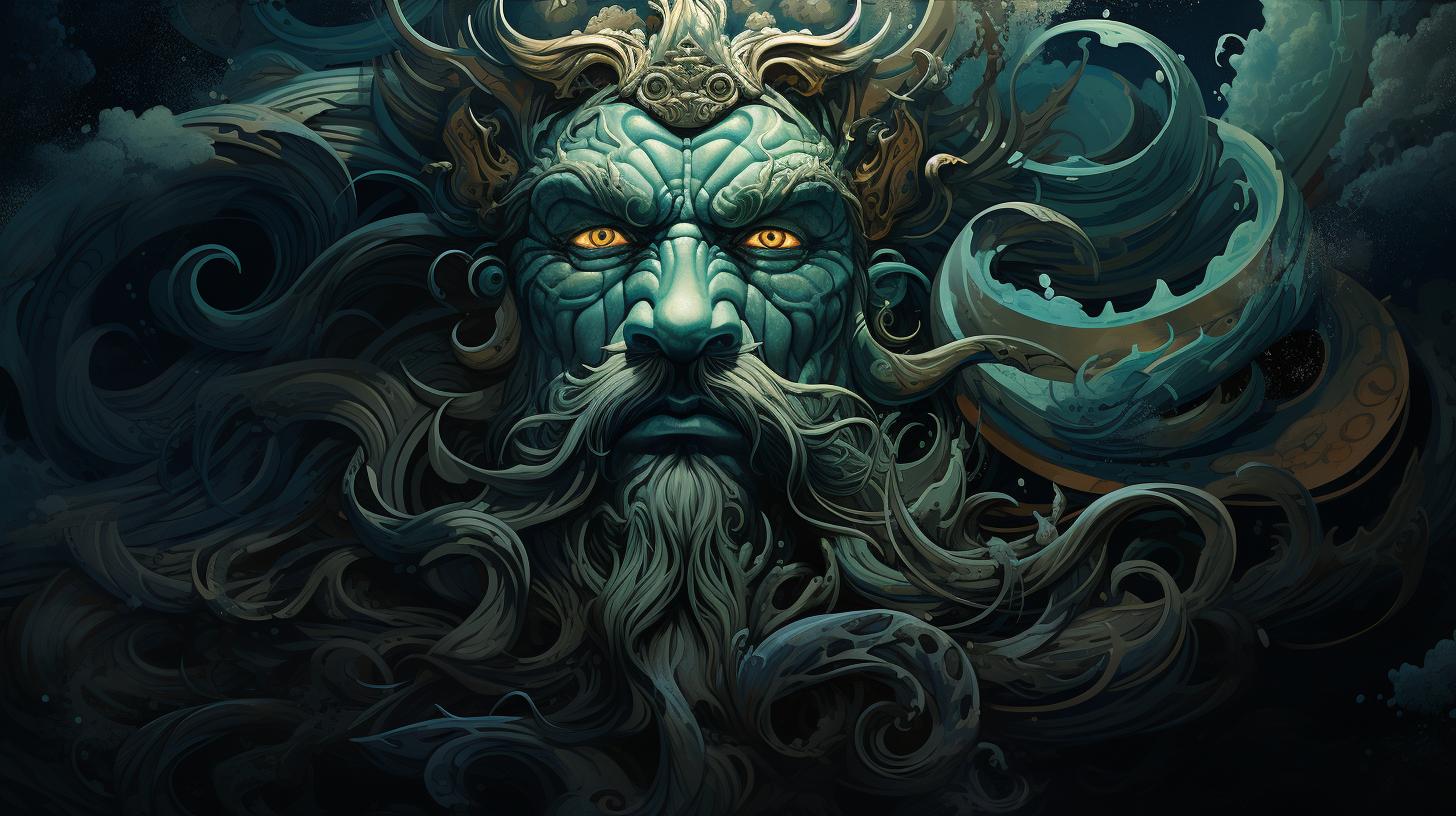Whiro God: Unveiling the Mysterious Dark Deity in Maori Mythology
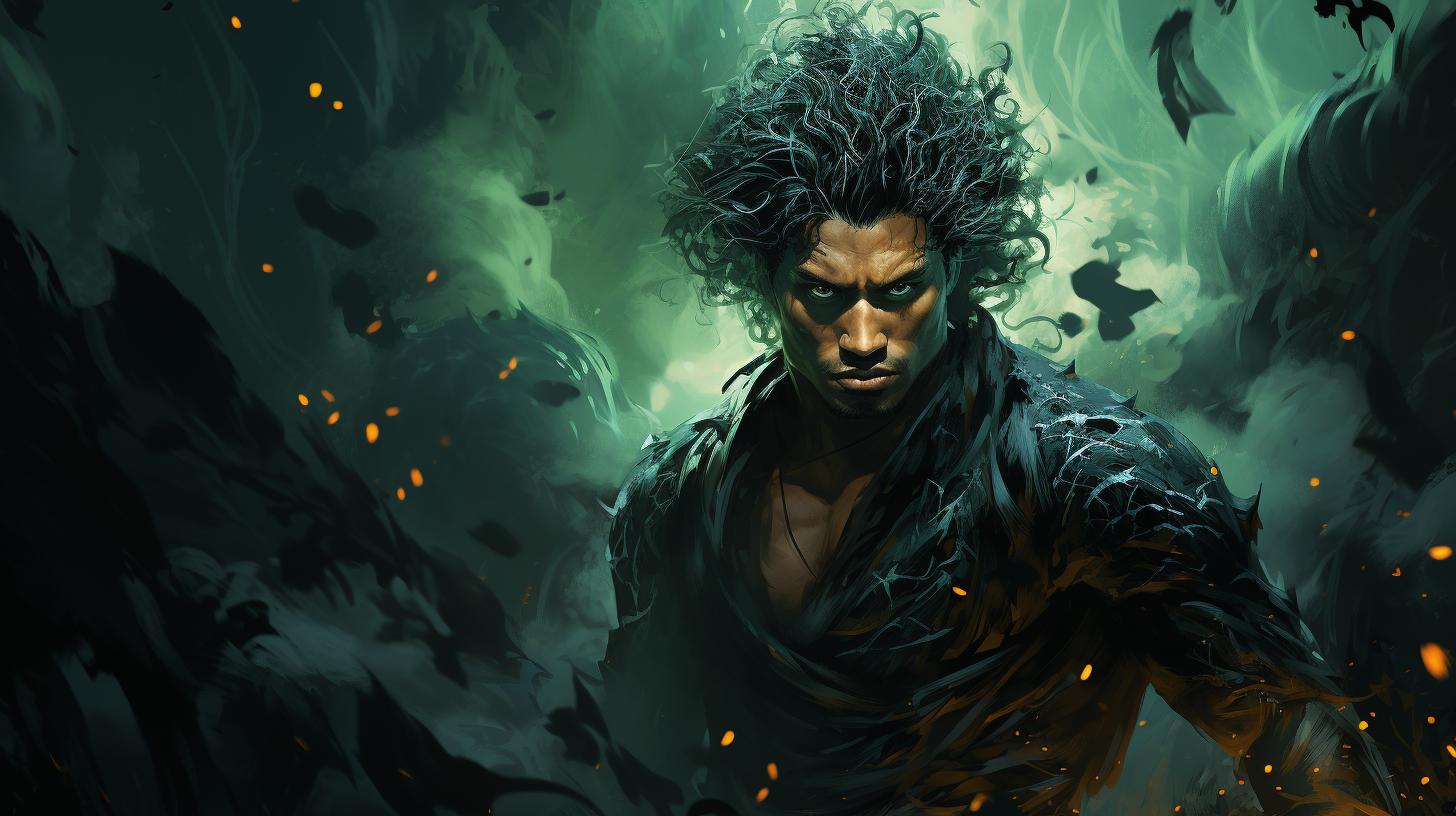
Whiro god is a prominent figure in Māori religion and mythology. He represents darkness, evil, sickness, and death. Whiro is considered the older brother of Tane, symbolizing the eternal struggle between light and darkness.
In Māori belief, demonic possession and afflictions are caused by malicious demons residing in the House of Death. This deity’s identity has been occasionally confused with other ancestors and Polynesian navigators.
Whiro is akin to the Devil, tempting humans to commit crimes such as murder, cannibalism, and witchcraft. Marvel comics have also depicted Whiro as an extradimensional god associated with evil.
The Origins and Significance of Whiro in Māori Religion
Whiro holds a prominent role in Māori religious beliefs, embodying the concepts of darkness and evil.
This section explores the various aspects of Whiro’s significance within Māori mythology, shedding light on his role as the god of darkness and evil, his mythological connection to Tane, and the eternal rivalry between these two powerful entities.
Whiro’s Role as the God of Darkness and Evil
Whiro is widely recognized as the deity representing darkness, evil, sickness, and death in Māori culture. His existence precedes that of light, portraying him as a figure of profound darkness. By delving into Whiro’s role as the god of darkness and evil, we gain a deeper understanding of the significance he holds within Māori religious beliefs.
Whiro’s Mythological Connection to Tane
Within Māori mythology, a significant connection exists between Whiro and Tane. It is believed that Whiro holds the position of the older brother to Tane, with darkness preceding light. This connection symbolizes the eternal struggle between darkness and light, representing a fundamental aspect of Māori religious beliefs.
The Eternal Rivalry between Whiro and Tane
The rivalry between Whiro and Tane remains a central theme in Māori mythology. This eternal struggle between darkness and light encompasses various aspects of their existence, reflecting the ongoing battle between good and evil.
By exploring the depths of this rivalry, we gain insight into the complexity and significance of these opposing forces within Māori religious beliefs.
Whiro’s Association with Sickness, Death, and Demonic Possession
Whiro, a prominent figure in Māori mythology, is closely associated with sickness, death, and demonic possession.
This section explores his connection to Tai-whetuki, also known as the House of Death, where malicious demons are believed to dwell.
Tai-whetuki: The House of Death and its Demonic Inhabitants
Tai-whetuki, located in the depths, is considered the dwelling place of demonic entities responsible for afflicting humanity with diseases and afflictions.
In Māori mythology, these demons are believed to be the cause of various ailments and physical and mental distress.
Maori Beliefs and Practices for Expelling Demons
Within Māori culture, specific beliefs and practices were employed to expel demons from the bodies of the afflicted individuals. This included rituals, prayer, and the involvement of spiritual leaders or tohunga, who specialized in healing and cleansing ceremonies.
These beliefs and practices aimed to restore harmony and balance within individuals by removing the influence of malevolent spirits. They sought to alleviate physical and spiritual suffering caused by demonic possession, allowing the affected individuals to regain health and well-being.
Whiro: Misinterpretations and Confusions
Throughout the study of Whiro, there have been several instances of misinterpretations and confusions surrounding this enigmatic figure in Māori mythology. These misconceptions have often stemmed from historical sources and cross-cultural connections.
Let’s explore some of these intriguing aspects:
Tregear’s Dictionary and Confusion with Other Ancestors
In Tregear’s Dictionary, Whiro has sometimes been mistakenly intertwined with other ancestors of the same name. This confusion has led to a blurring of distinct attributes attributed to Whiro, making it challenging to unravel the true nature of this god of darkness and evil.
It emphasizes the need for careful analysis of sources and their potential biases.
Whiro’s Identity Confusion with Polynesian Navigator
Another source of confusion lies in the conflation of Whiro with a well-known Polynesian navigator also named Whiro. This confusion is not limited to Māori mythology but extends to other Polynesian islands as well.
It highlights the interconnectedness and overlapping narratives found in the rich tapestry of Polynesian cultures.
Tangaroa and Whiro: Parallels in Polynesian Mythology
Additionally, the parallels between Whiro and Tangaroa, another significant deity in Polynesian mythology, have added to the complexity of understanding Whiro’s true identity. The attributes attributed to Whiro in New Zealand and other parts of Polynesia have occasionally been ascribed to Tangaroa in different contexts.
This intermingling of divine characteristics underscores the fluidity of mythological narratives across various cultures.
By examining these misinterpretations and confusions, we gain a deeper appreciation for the nuances and challenges involved in comprehending Whiro’s true nature.
It reminds us of the importance of meticulous research and critical analysis when delving into the mythologies of different cultures.
Whiro: Māori God of Evil and Temptation
Whiro’s Influence on Human Actions and Morality
Whiro, the Māori god of evil and temptation, holds significant influence over human actions and morality. As a malevolent deity, Whiro entices and tempts individuals towards committing heinous acts. His association with darkness and evil drives humans towards acts of murder, cannibalism, adultery, theft, and witchcraft, among other crimes.
In Māori culture, cannibalism and self-destruction were not considered crimes, indicating the distinct nature of their moral framework shaped by Whiro’s influence. The term ‘whiro’ has even made its way into the vernacular as an adjective meaning ‘wicked’.
Reflections on Darkness, Evil, and Cultural Interpretations
The existence and significance of Whiro in Māori mythology lead to profound reflections on the concepts of darkness, evil, and their cultural interpretations. Whiro’s portrayal as a spirit of darkness, akin to the Devil in Western traditions, embodies the struggle between light and darkness.
While interpretations of darkness and evil vary across cultures, Māori narratives paint a complex picture of their understanding. It is worth exploring the connotations and multifaceted interpretations of Whiro’s role in the context of Māori culture and their worldview.
The Legacy of Whiro in Contemporary Vernacular
Whiro’s legacy extends beyond the realms of myth and folklore, finding its way into contemporary vernacular. The name ‘Whiro’ has become synonymous with wickedness or evil in everyday language, reflecting the lasting impact of the Māori god’s characterization.
This linguistic appropriation highlights the enduring relevance and cultural significance of Whiro’s existence in Māori society and how his portrayal continues to shape the perception of wickedness in modern times.
Whiro’s Role in Mythological Narratives and Modern Adaptations
Whiro, the Māori god associated with darkness and evil, plays a pivotal role in various mythological narratives and modern adaptations.
This section delves deeper into his significance and portrayal in different contexts.
Whiro’s Opposition to Tane and the Separation of Sky and Earth
One of the central mythological narratives involving Whiro centers around his fierce opposition to Tane and the separation of the sky and earth. Whiro’s resistance symbolizes the eternal struggle between light and darkness, highlighting the tension between opposing forces in Māori cosmology.
Whiro and Ruaumoko: Allied Forces against Humanity
Whiro’s alliance with Ruaumoko, the Māori god of earthquakes, presents an intriguing aspect of his role in mythological narratives. Together, they form a powerful force threatening humanity, representing the consequences of human actions and nature’s power combined.
Whiro in Pop Culture: Marvel’s Interpretation and Associations
In modern adaptations, Whiro’s character has found its way into popular culture, including Marvel comics. Marvel portrays Whiro as an extradimensional god associated with evil. Exploring Whiro’s representation in pop culture highlights the enduring influence and fascination with Māori mythology in contemporary media.
From his opposition to Tane and involvement in significant mythological narratives to his portrayal in popular culture, Whiro’s role in mythological narratives and modern adaptations reflects the extensive and enduring nature of Māori beliefs and cosmology.
.











